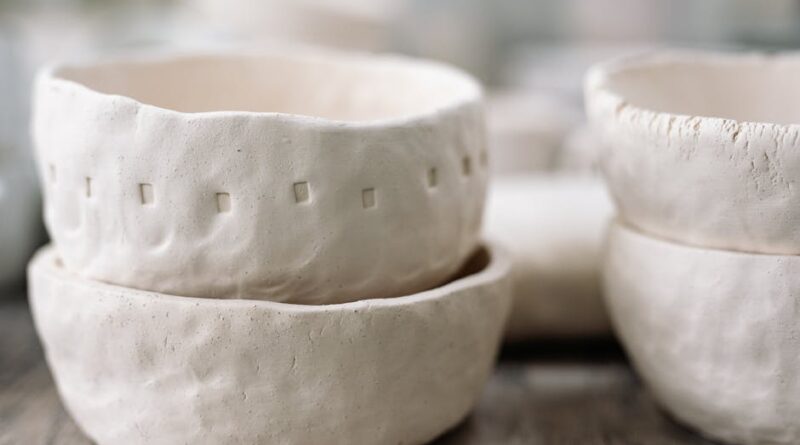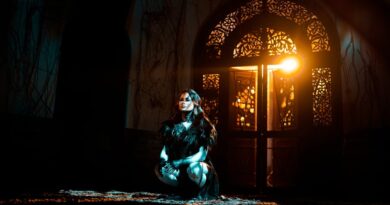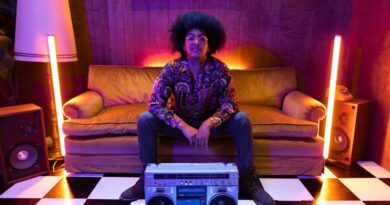Cultural Trends Shaping Art Today
Art has always been a reflection of the society and culture it emerges from. As we navigate the complexities of the modern world, art continues to evolve, influenced by a myriad of cultural trends. From technology to social movements, these trends shape and redefine the art landscape in profound ways. In this article, we will delve into the various cultural trends that are currently shaping art today, exploring their impact, significance, and potential future implications.
The Intersection of Technology and Art
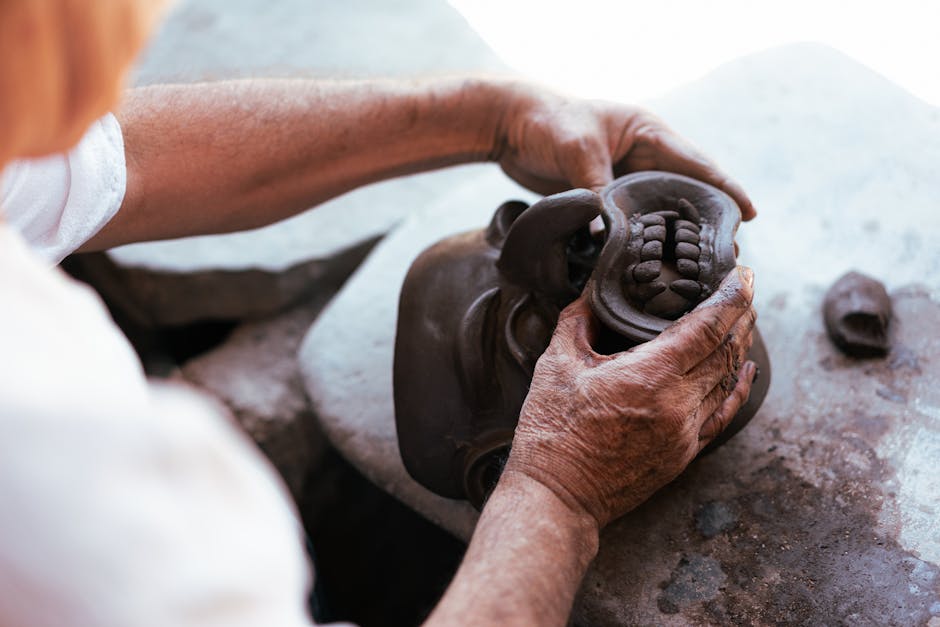
In the digital age, technology has become an integral part of our daily lives, and art is no exception. The relationship between technology and art has opened up new possibilities for artists to create and showcase their work. From digital art to virtual reality experiences, technology has provided artists with innovative tools to push the boundaries of creativity. For example, artists like Refik Anadol use artificial intelligence algorithms to create mesmerizing visual art installations that challenge our perception of reality. The fusion of technology and art has not only transformed the way art is produced but also how it is consumed, with online galleries and digital platforms making art accessible to a global audience.
One of the most significant cultural trends shaping art today is the rise of social media as a powerful tool for artists to share their work and connect with their audience. Platforms like Instagram and TikTok have become virtual galleries where artists can showcase their creations, garner feedback, and build a dedicated following. Social media has democratized the art world, allowing emerging artists to gain recognition and visibility without traditional gatekeepers. Artists like Yayoi Kusama have leveraged social media to cultivate a massive fan base and engage with art enthusiasts worldwide.
Art as a Vehicle for Social Change

Art has long been a catalyst for social change, challenging norms, sparking dialogue, and advocating for justice. In today’s tumultuous social and political climate, artists are using their platform to address pressing issues such as racial inequality, gender discrimination, and environmental degradation. From street art murals to performance pieces, artists are unapologetically confronting systemic injustices and amplifying marginalized voices. For instance, the Black Lives Matter movement has inspired a wave of powerful artworks that speak out against police brutality and racism, fostering solidarity and empathy among communities.
Moreover, art has the power to bridge divides, foster empathy, and inspire action. Artists like Ai Weiwei use their art as a tool for advocacy, shedding light on human rights abuses and challenging oppressive regimes. Through provocative installations and thought-provoking exhibitions, artists are pushing boundaries, raising awareness, and mobilizing audiences to take a stand for social justice. Art has the unique ability to transcend language and cultural barriers, serving as a universal language that speaks to the collective consciousness of humanity.
Embracing Diversity and Inclusion in Art
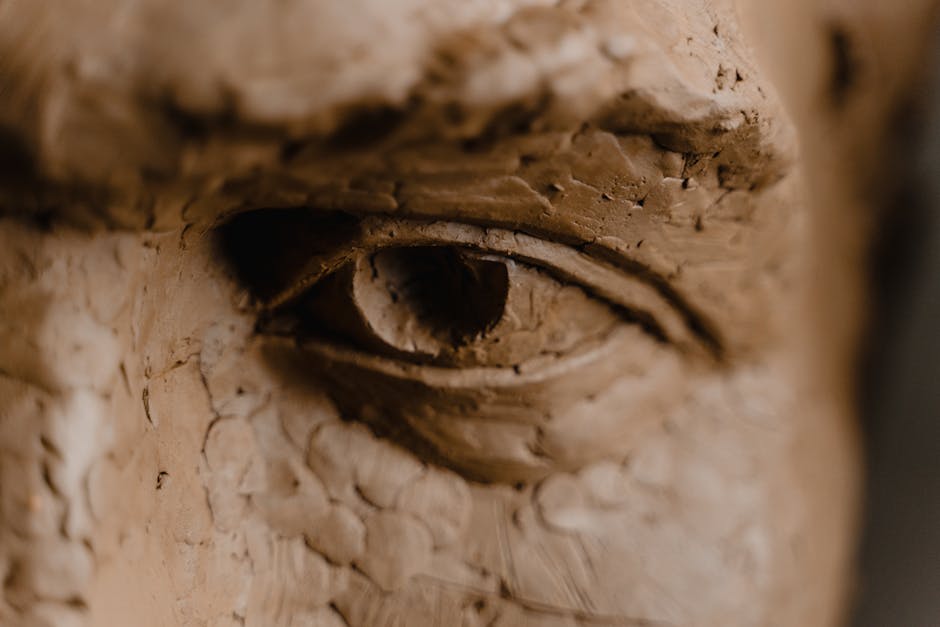
As society becomes more diverse and interconnected, the art world is undergoing a transformation towards greater inclusivity and representation. Artists from diverse backgrounds, including BIPOC (Black, Indigenous, and People of Color), LGBTQ+ individuals, and individuals with disabilities, are carving out space in the art world and challenging Eurocentric narratives. Institutions and galleries are making concerted efforts to showcase a more diverse range of artists and perspectives, recognizing the richness and complexity of global art traditions.
In recent years, there has been a growing emphasis on decolonizing art spaces and dismantling systems of oppression that have historically marginalized underrepresented artists. Initiatives like the 50-50 by 2020 campaign aim to achieve gender parity in the art world, ensuring that women artists have equal opportunities for recognition and success. Artists like Kara Walker and Kehinde Wiley are leading the charge in reimagining art history through a lens of diversity and inclusion, challenging the status quo and reshaping the canon of art.
Sustainability and Eco-consciousness in Art
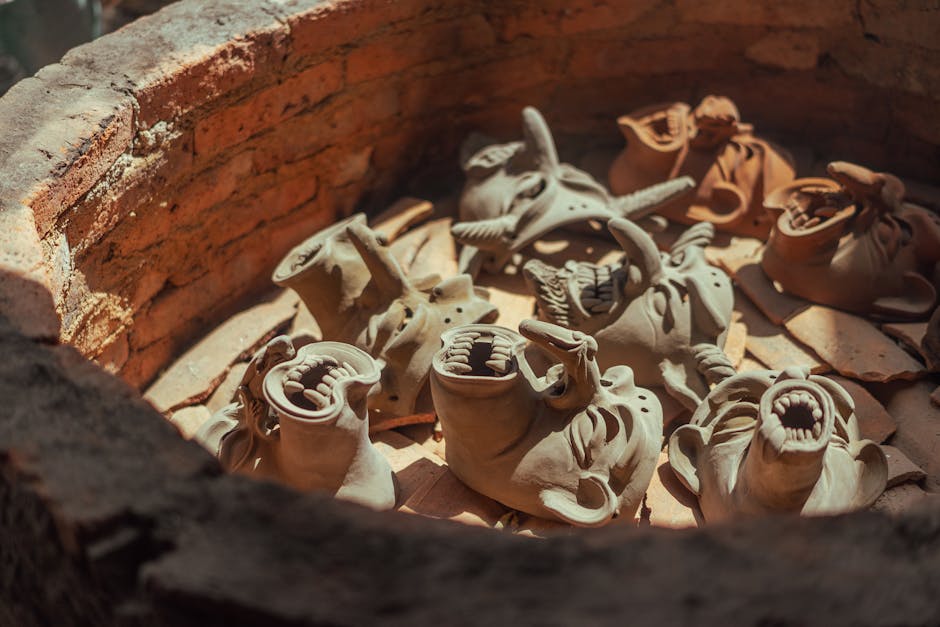
With the looming threat of climate change and environmental degradation, artists are increasingly turning towards sustainability and eco-conscious practices in their work. The intersection of art and sustainability has given rise to a new wave of eco-artists who use recycled materials, natural resources, and renewable energy sources to create environmentally friendly art installations. From upcycled sculptures to eco-friendly murals, artists are drawing attention to the urgent need for environmental stewardship and conservation.
Artists like Olafur Eliasson and Marina Zurkow are pioneers in the field of eco-art, using their creative talents to raise awareness about environmental issues and inspire sustainable living practices. Through immersive installations and interactive artworks, eco-artists engage audiences in dialogue about the interconnectedness of nature, culture, and society. The art world is increasingly embracing sustainability as a core value, with galleries and museums implementing green initiatives to reduce their carbon footprint and promote eco-friendly practices.
Artificial Intelligence and Machine Learning in Art
The advent of artificial intelligence and machine learning has revolutionized the art world, offering artists new tools and techniques to explore creativity and expression. AI art, which involves using algorithms and computational processes to generate artworks, blurs the boundaries between human and machine creativity. Artists like Mario Klingemann and Robbie Barrat are at the forefront of AI art, creating mesmerizing pieces that challenge our understanding of authorship and artistic agency.
AI art has sparked debates about the role of technology in the creative process, raising questions about the relationship between humans and machines in art-making. While some view AI as a powerful tool for expanding artistic possibilities, others express concerns about the loss of human touch and emotion in AI-generated artworks. Despite the controversies, AI art continues to push boundaries and challenge conventions, offering a glimpse into the future of art in the digital age.
The Rise of NFTs in the Art Market
Non-fungible tokens (NFTs) have become a hot topic in the art world, revolutionizing the way art is bought, sold, and collected. NFTs are unique digital assets that represent ownership of a specific artwork or collectible, recorded on the blockchain. Artists can tokenize their works as NFTs, allowing collectors to purchase and trade them in the digital marketplace. The emergence of NFTs has democratized the art market, enabling artists to monetize their digital creations and reach a global audience without intermediaries.
While NFTs offer new opportunities for artists to profit from their work, they have also sparked debates about the implications of digital ownership and the commodification of art. Some critics argue that NFTs contribute to the environmental impact of blockchain technology and exacerbate inequalities in the art market. Despite the controversies, NFTs have gained mainstream attention, with artists like Beeple selling digital artworks for millions of dollars through NFT auctions. The intersection of art and technology continues to evolve, opening up new frontiers for creativity and commerce.
Conclusion
As we navigate the complexities of the modern world, art remains a powerful lens through which we can understand, interpret, and engage with cultural trends. From technology to social change, diversity, sustainability, artificial intelligence, and NFTs, the art world is constantly evolving in response to the shifting dynamics of our society. By embracing these cultural trends and exploring their intersections, artists have the opportunity to shape the future of art and challenge conventions in innovative ways.
As we reflect on the cultural trends shaping art today, it becomes clear that art is not confined to galleries or museums but permeates every aspect of our lives, enriching our experiences and expanding our perspectives. By embracing diversity, advocating for social change, and harnessing the power of technology, artists can continue to inspire, provoke, and illuminate the world around us. The future of art is dynamic, diverse, and full of possibilities, waiting to be explored and celebrated.
Art is a reflection of our humanity, a mirror that reflects our joys, sorrows, struggles, and triumphs. By engaging with the cultural trends shaping art today, we embark on a journey of discovery, connection, and transformation, inviting us to explore the boundless creativity that resides within each of us. Let us embrace the power of art to transcend barriers, spark dialogue, and shape a more inclusive and vibrant future for all.

